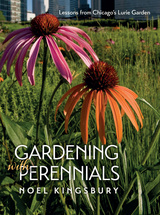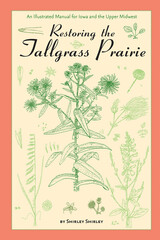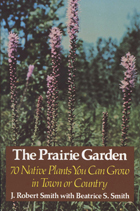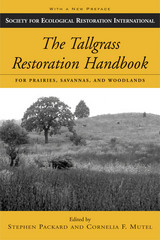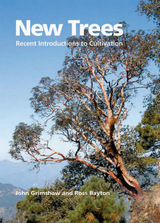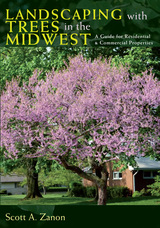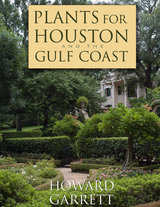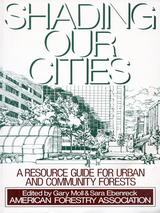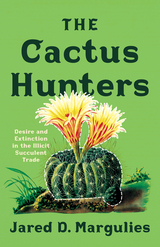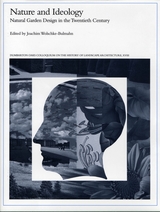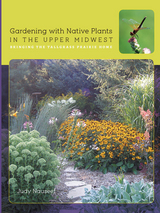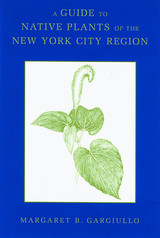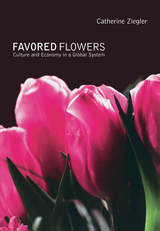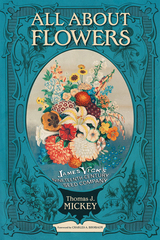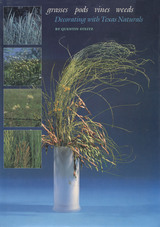Cloth: 978-0-674-76693-8 | Paper: 978-0-674-76694-5
Library of Congress Classification SB435.65.S66 1990
Dewey Decimal Classification 635.977097
This is a travel story of trees and shrubs—as rousing as the adventures of Marco Polo. Stephen Spongberg’s vividly written and lavishly illustrated account tells of intrepid and extraordinary explorers who journeyed to the far corners of the globe and brought back to Europe and North America a wealth of exotic plant species. It constitutes a veritable history of ornamental trees and shrubs.
In the seventeenth century, gardening in England and Europe was in the throes of revolution. Plants—no longer cultivated solely for their practical value as a source of food or medicinal herbs—were woven into the landscape for architectural effects. Flowers were grown and arranged to beautify banquet tables, and the gardens surrounding palaces and country estates became pleasure grounds, their design vying with the genius of the houses themselves. Where did these hundreds of trees and shrubs originate? Virginia creepers, American sycamores, Washington thorns, black walnuts, umbrella trees. Franklin trees, and even poison ivy are just a few of the many species that were brought to European gardens by adventurous plantsmen exploring colonial America.
Following the Revolutionary War, scientific and agricultural societies were formed in Boston and Philadelphia, botanical gardens were established in New York and Cambridge, and scientific expeditions were organized for the purpose of fostering the discovery of new plants throughout the world that could be grown in the North American climate.
Without doubt, the most fertile plant explorations by Americans and Europeans were conducted in the mysterious Orient. With the opening of Japanese and Chinese ports to foreign trade in the middle of the nineteenth century, European plantsmen were able to indulge their insatiable appetite for some of the most astounding ornamental plants the Western world had ever seen: ginkgo trees, lacebark pines, Japanese yew, honeysuckles, lilacs, crabapples, magnolias, cherry trees, to name only a few.
A Reunion of Trees focuses on the particular contribution of the Arnold Arboretum, which was established in Boston in 1872 for the purpose of displaying and studying exotic plants from around the globe. Scores of trees and shrubs on the Arboretum grounds are described and illustrated in this handsomely produced volume. The landscape designer interested in recreating period gardens will find this book a treasure trove of information about the eighteenth and nineteenth centuries, while amateur and professional gardeners alike will discover a unique resource book for many unusual plants.
See other books on: Arnold Arboretum | Horticulture | Reunion | Trees | Warner Jr., Sam Bass
See other titles from Harvard University Press


